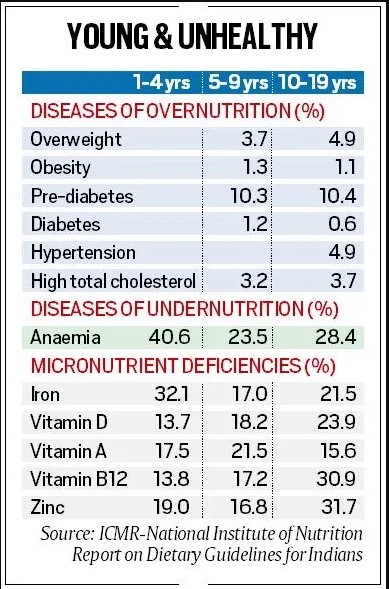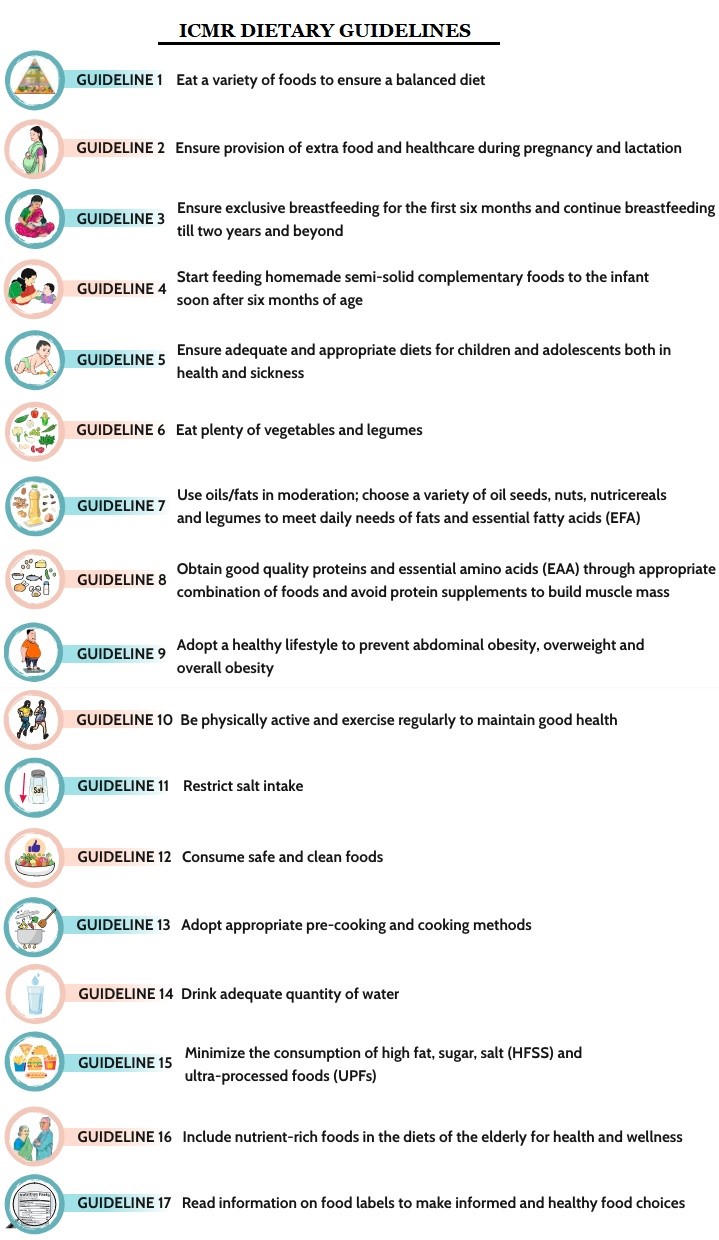7667766266
enquiry@shankarias.in
World Diabetes Day is observed on November 14.
The WHO STEPwise approach to NCD risk factor surveillance (STEPS) is a simple, standardized method for collecting, analysing and disseminating data on key NCD risk factors in countries.

SDG Target 3.4 - By 2030, reduce by one third premature mortality from non-communicable diseases through prevention and treatment and promote mental health and well-being.
Under NP-NCD, 724 District NCD Clinics, 210 Cardiac Care Centre, 326 District Day Care Centres and 6110 Community Health Centres NCD Clinics have been set up.

Reference